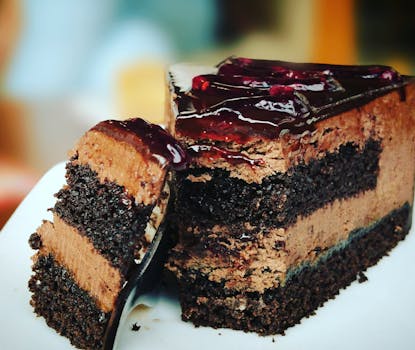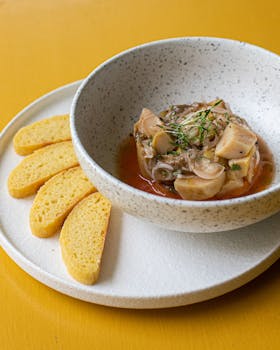Exploring the versatility of granulated sugar beyond its traditional role in baking and sweetening, one can venture into making homemade exfoliating scrubs by combining it with coconut oil for a natural skin care routine
Sugar's fine texture makes it ideal for gently removing dead skin cells without causing irritation
Another innovative use involves crafting homemade simple syrup, a staple for bartenders and home cocktail enthusiasts alike, by dissolving sugar in water
This syrup can then be infused with various flavors like vanilla, lavender, or mint, elevating homemade beverages and cocktails
Additionally, granulated sugar can play a surprising role in the kitchen by enhancing the browning of breads and pastries
When sprinkled lightly on these goods before baking, it caramelizes, creating a beautifully crisp, golden crust with a subtle sweetness
Lastly, in the realm of savory dishes, sugar can be used to balance the acidity in tomato-based sauces and soups, showcasing its ability to subtly enhance flavors without overwhelming the dish's primary tastes
Granulated sugar, also known as white sugar or table sugar, is made from sugarcane or sugar beets. The exact origin of sugarcane cultivation is believed to be in Southeast Asia, particularly in Papua New Guinea. From there, it spread to India, where it was first refined into granulated form around 500 BCE. \n\nThe cultivation and processing of sugarcane then spread to Persia, Arabia, and the Mediterranean region. Arab traders introduced sugarcane to Europe during the Middle Ages, and it became a valuable commodity. \n\nDuring the colonial era, sugarcane cultivation was established in various parts of the world, including the Caribbean, South America, and the southern United States. This expansion was driven by the demand for sugar in Europe and the development of large-scale plantations.\n\nToday, sugarcane is primarily grown in tropical and subtropical regions, with major producers including Brazil, India, China, Thailand, and Australia. Sugar beets, an alternative source of






